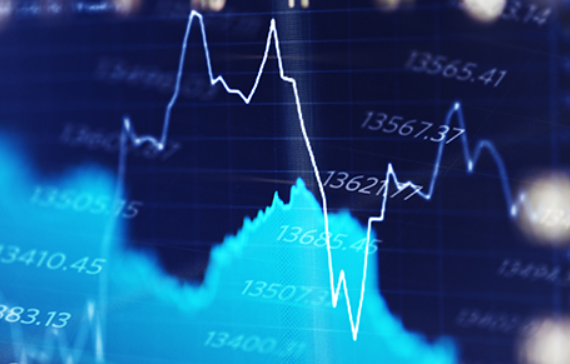Could a portfolio invested 51% in the S&P 500 Index yield the same returns as one that’s 100% invested?
In mid-March 2020, a financial adviser told one of the authors that recent analysis published by a large investment management firm found that it could.
In other words, the strategy delivers the same portfolio return at only half the volatility.
At a time when market volatility exceeds 2008–2009 financial crisis levels, such a strategy has an understandable appeal. Given the potential implications, we gave the research a closer look.
According to the analysis, $100,000 invested 100% in the S&P 500 Index under a buy-and-hold strategy on 24 March 2000 would have grown to $310,570 as of 31 December 2019. The alternative strategy invested 51% of the $100,000 in the S&P 500 Index on 24 March 2000. The research didn’t indicate what happened to the remaining 49%, but we found that the returns they report are generated if we put the $49,000 under a mattress, so it assumes a 0% return. The portfolio was rebalanced to 51% market weight on 9 October 2002, 9 October 2007, and 9 March 2009. In between those dates, the portfolio value fluctuated freely.
The 51% market-weight strategy grew the $100,000 investment to $311,560 on 31 December 2019. So the 51% market-weight strategy slightly outpaced the 100% market-weight strategy with about half the portfolio risk, just as the financial adviser said.
What jumped out at us was the serendipity of the three rebalancing dates. Those from 2007 and 2009 correspond to a market top and bottom, respectively.

As recent COVID-19–related volatility demonstrates, determining the optimal time to buy or sell is difficult. For example, we may have bought on 11 March 2020 after the S&P 500 Index fell 4.9%, only to see it drop 9.5% the next day. Investors, therefore, are not likely to rebalance on the precise dates specified.
So how would different dates impact the 51% market-weight strategy? While we could not perfectly replicate the results, we managed to produce something similar using total returns from the SPDR S&P 500 Index ETF (SPY), which made sense as a proxy since it is investable and closely tracks the S&P 500.
In our study, the 100% market-weight strategy yielded $304,122 as of 31 December 2019. To slightly beat that portfolio, we also needed to invest 51% in the market on each rebalancing date. That resulted in a portfolio value of $306,311 at the close of 2019.
Using the 51% market weight and our data, we tested how sensitive the portfolio is to rebalancing a little early or a little late. First, we rebalanced the portfolio one calendar week before each of the original rebalancing dates. That gave us a portfolio value at the end of the measuring period of $292,772, 3.7% lower than the 100% market-weight strategy. Next, we rebalanced the portfolio one calendar week later than the original dates. This yielded a portfolio value at the end of 2019 of $278,587, which is 8.4% lower than the 100% market-weight strategy.

Adjusting the rebalancing dates by two calendar weeks and the results are even worse. Two weeks early and the $100,000 becomes $281,559 — 7.4% less than the 100% market-weight strategy. Two weeks later and it equals $262,884, or 13.6% less than the 100% market-weight strategy. More generally, the result holds for virtually all (~98%) possible one- and two-week shifts of the rebalance dates.
So what’s the takeaway?
To pull off the 51% market-weight strategy requires extreme market timing: the specific rebalancing dates must be chosen perfectly. Failing that, we’re better off with a buy-and-hold strategy that is 100% invested in the market.
If you liked this post, don’t forget to subscribe to the Enterprising Investor.
Opinions expressed herein are solely those of the author and do not reflect the views and opinions of Compass Lexecon or its other employees.
All posts are the opinion of the author. As such, they should not be construed as investment advice, nor do the opinions expressed necessarily reflect the views of CFA Institute or the author’s employer.
Image credit: ©Getty Images / Giorez
Professional Learning for CFA Institute Members
Select articles are eligible for Professional Learning (PL) credit. Record credits easily using the CFA Institute Members App, available on iOS and Android.

